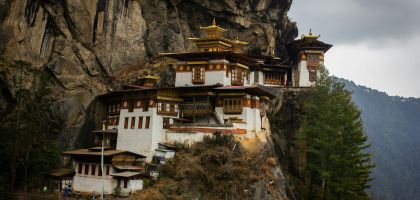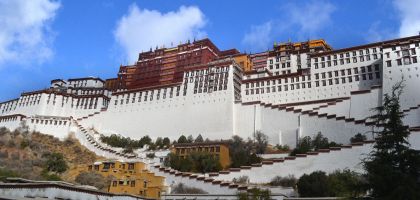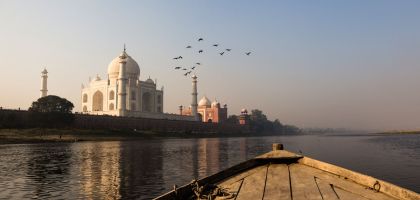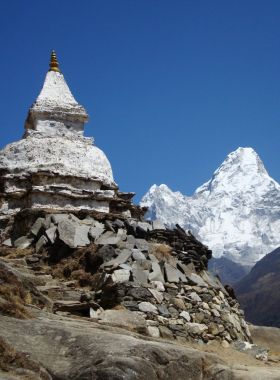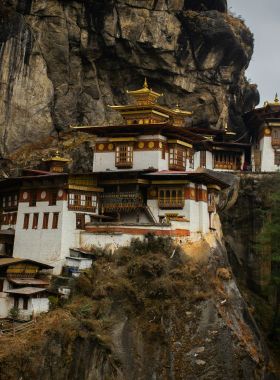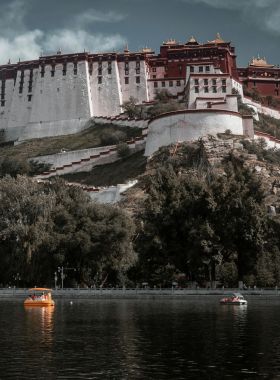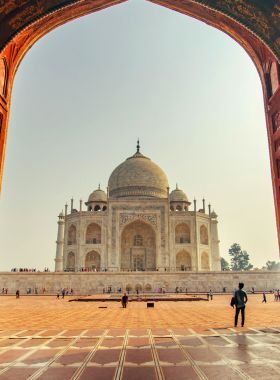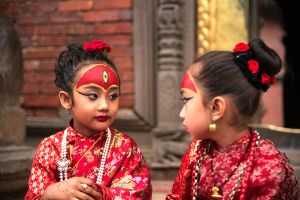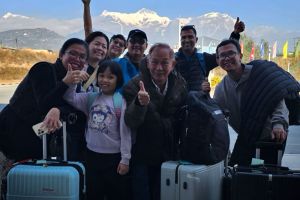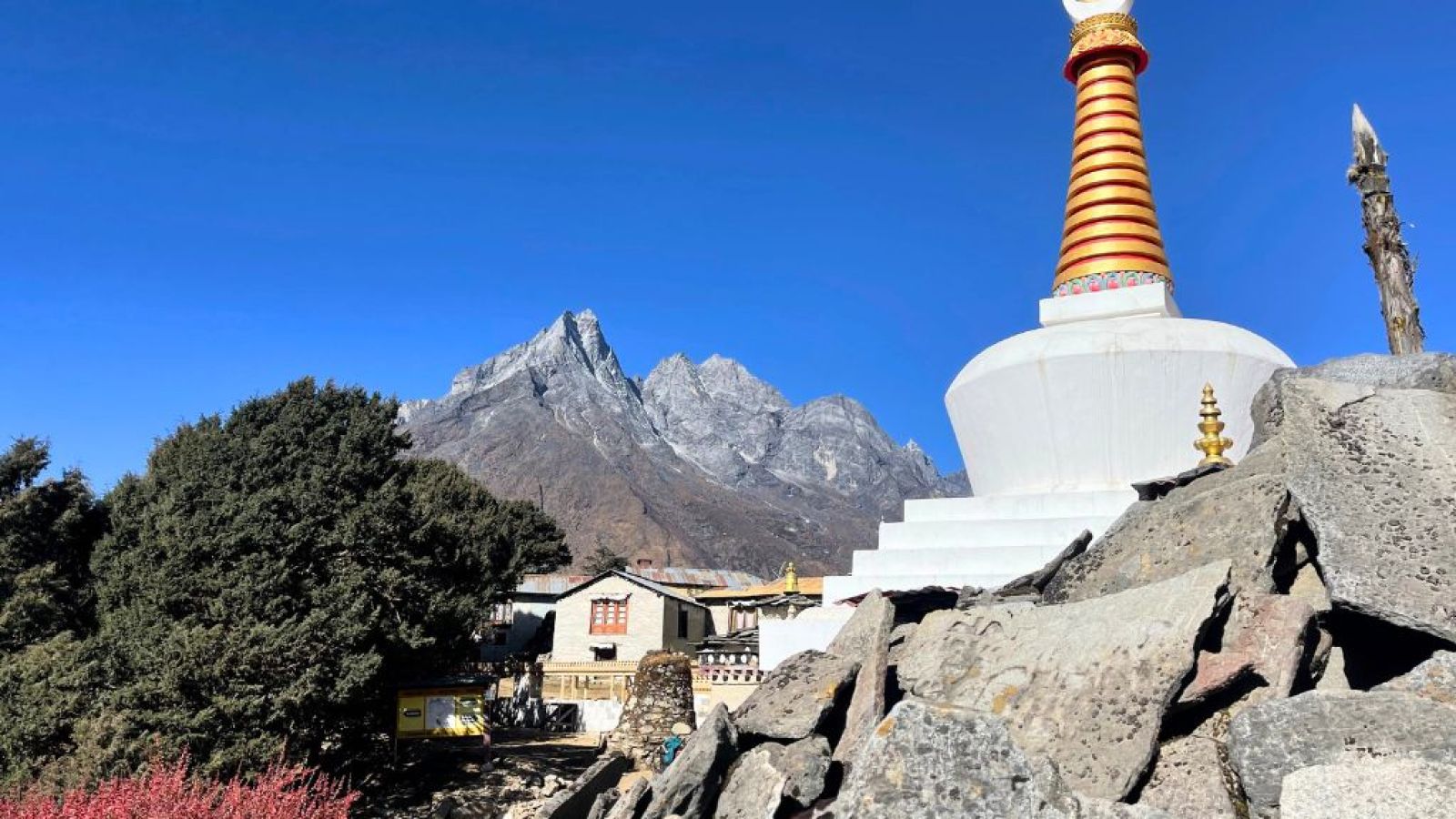The Best time to visit Nepal
The best time to visit Nepal depends on what you hope to experience. For those drawn to the mountains, clear skies and gentle temperatures mark the ideal days. For others, the festivals and local celebrations define the journey. For those who linger in the forests or wander through open landscapes, the national parks and valleys reveal their quiet stories. Each season brings its own character, from the vibrant rhododendron blossoms of spring to the sharp, crystalline views of the Himalayas in autumn.
Nepal lingers in the memory with its towering Himalayan peaks, tranquil lakes, ancient temples, and living cultures. Walking the Annapurna Circuit, moving through the streets of Kathmandu, or pausing beside Pokhara’s lakes, knowing the best time to visit Nepal shapes what you will see and feel. Timing your visit allows the land to reveal itself fully and transforms a journey into an unforgettable experience.
This guide explores Nepal’s seasons, weather, and highlights to help you identify the best time to visit Nepal for your ideal adventure. Whether you are drawn to the mountains, local traditions, or the quiet of hidden valleys, understanding the best time to visit Nepal ensures you move through the country with awareness and appreciation.

Spring (March to May) – Blooming Beauty and Perfect Weather
Spring is widely considered one of the best times to visit Nepal. During these months, the weather is mild and comfortable, with temperatures ranging from 15°C to 25°C (59°F to 77°F) in most regions. The skies are generally clear, providing spectacular views of the Himalayas.
Why spring is ideal:
- Scenic trekking: Trails in Annapurna, Langtang, and Everest regions are lively with blooming rhododendrons, making it perfect for photographers and nature lovers.
- Pleasant temperatures: Ideal for trekking, sightseeing, and outdoor adventures.
- Festivals: Celebrate Holi, the festival of colors, and experience Nepal’s vibrant cultural traditions.
Tips for spring travelers:
- Book trekking permits early, as spring is a popular season.
- Carry light clothing for the day and warmer layers for evenings in the mountains.

Autumn (September to November) – The Ultimate Season for Travelers
Autumn is often regarded as the best time to visit Nepal, and for good reason. The monsoon rains have cleared the skies, leaving the air crisp and the Himalayan peaks glittering. Temperatures are comfortable, ranging from 10°C to 25°C (50°F to 77°F), making it ideal for trekking and sightseeing.
Why autumn is perfect:
- Unobstructed mountain views: Everest, Annapurna, Manaslu, and other peaks are clearly visible.
- Ideal trekking conditions: Trails are dry and safe, perfect for multi-day treks.
- Festivals: Dashain and Tihar showcase Nepal’s rich traditions and colorful celebrations.
Trekking tips for autumn:
- Popular routes include Everest Base Camp, Annapurna Circuit, and Langtang Valley.
- Book accommodations early, as this is peak tourist season.

Summer / Monsoon (June to August) – Green Landscapes and Fewer Crowds
The monsoon season brings heavy rainfall across Nepal, especially in the lowlands and mid-hills. While trekking in the high Himalayas can be risky due to slippery trails, landslides, and leeches, this season also has unique advantages.
Highlights of monsoon season:
- Lush greenery: Valleys, terraced fields, and forests are at their most vibrant.
- Peaceful travel: Fewer tourists mean less crowded trails and attractions.
- Adventure activities: Rivers swell for rafting, and national parks like Chitwan and Bardia are ideal for jungle safaris.
Tips for summer travelers:
- Avoid high-altitude treks; focus on cultural tours, wildlife spotting, or short hikes in the lower hills.
- Carry waterproof gear and travel umbrellas.
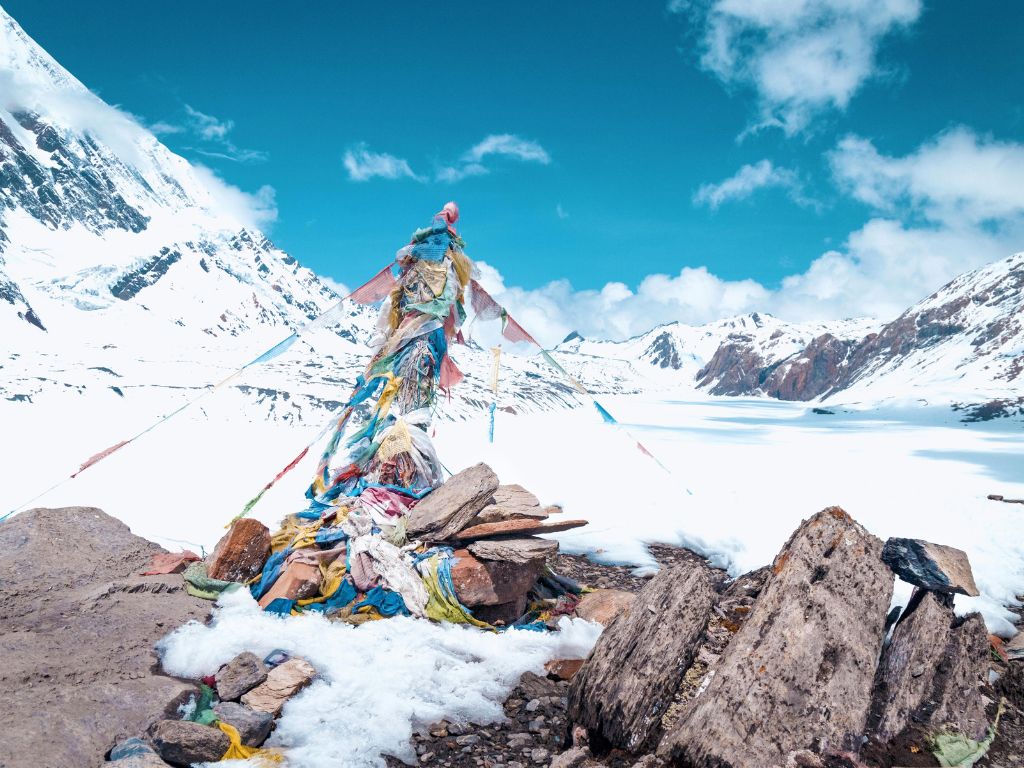
Winter (December to February) – Snow-Capped Peaks and Serenity
Winter in Nepal can be cold, especially in the mountains, with temperatures sometimes dropping below -10°C (14°F). However, the lowlands and valleys remain relatively mild, making sightseeing and cultural tours enjoyable.
Highlights of winter:
- Snowy landscapes: The Himalayan peaks are spectacular against the clear blue skies.
- Fewer tourists: Popular trails and attractions are less crowded.
- Adventure activities: Skiing in Annapurna, wildlife safaris, and short hikes are ideal during this season.
Tips for winter travelers:
- Dress in warm layers, especially for high-altitude treks.
- Focus on cultural tours, city explorations in Kathmandu and Pokhara, and lower-altitude trekking.
The Best Time to Visit Nepal
Most travelers find themselves drawn to Nepal in spring and autumn, and it is easy to understand why. The mountains reveal themselves with clarity and grace, the light falling across peaks and valleys perfect for trekking and photography. Autumn in particular offers a harmony of pleasant weather and vibrant festivals, allowing visitors to move through culture and tradition with ease. Yet there is another side to the year. Winter and the monsoon bring quieter roads, hidden valleys, and the chance to witness wildlife in the lower regions or simply to walk in solitude through a land unhurried. While spring and autumn draw the crowds, the other seasons offer a subtler, more intimate encounter with Nepal’s landscapes and life.
Nepal is a destination that offers something in every season, yet knowing the best time to visit Nepal can transform the journey. Trekking to Everest Base Camp, meditating by the calm waters of Phewa Lake in Pokhara, wandering through the ancient temples of Kathmandu, or taking in the lush green of the monsoon, each experience carries its own quiet magic. Planning according to your interests, packing thoughtfully, and opening yourself to the land allows the experience to deepen. Nepal is more than a destination. It is a life-changing adventure waiting to be discovered, a place where every step becomes part of a story you will carry long after the mountains fade from view.

